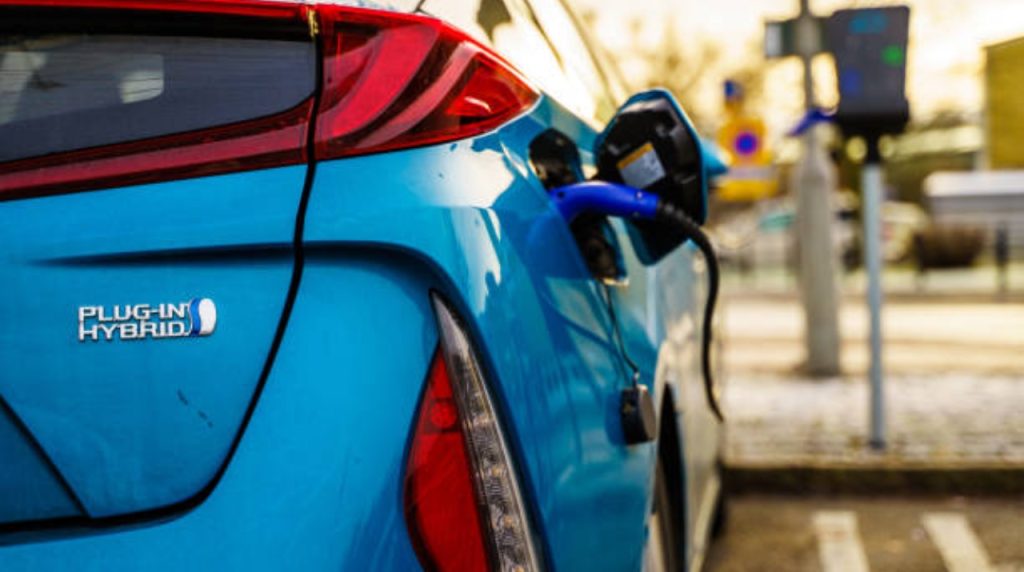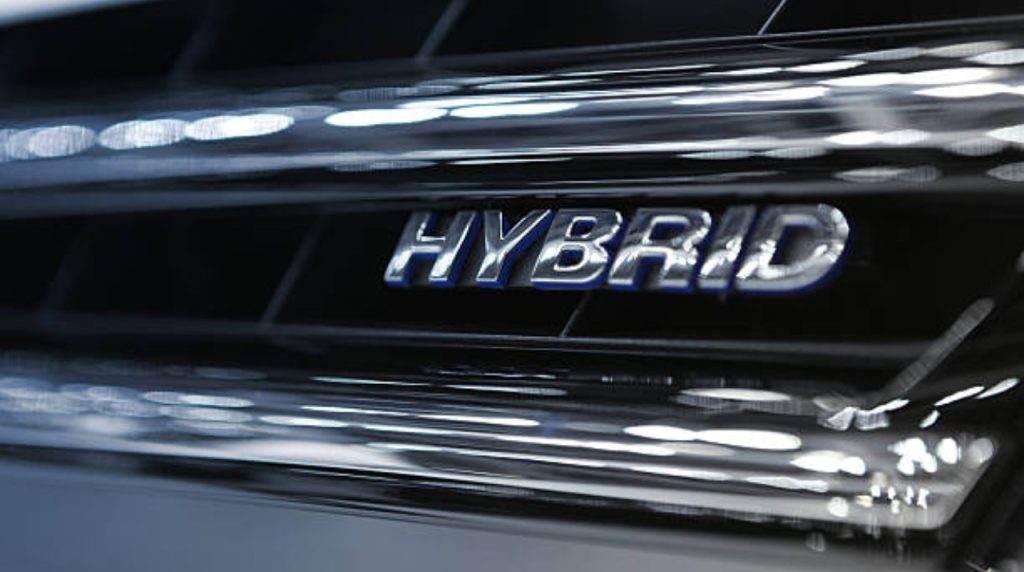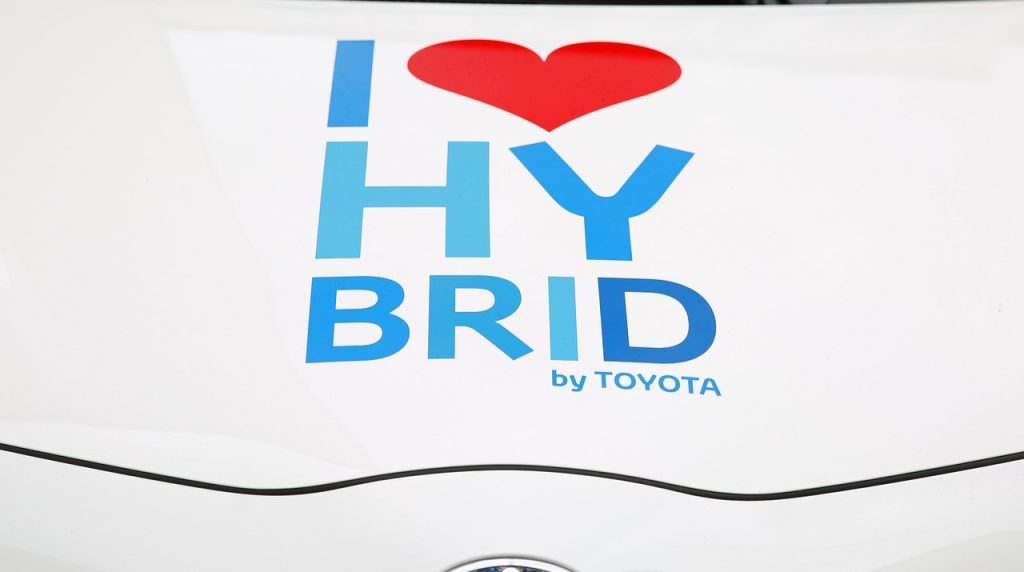Hybrid vehicles are those that use two or more different energy sources to operate. The most common hybrid vehicles use an internal combustion engine (like that of a conventional car) along with an electric motor.
They can operate in different ways depending on the model, typically divided as follows:
Electric mode: When the car is in electric mode, only the electric motor is used to propel the vehicle. This is usually possible at low speeds and gentle accelerations and can be very fuel-efficient.
Hybrid mode: When in hybrid mode, both the internal combustion engine and the electric motor are employed. The electrified power unit can provide additional power during acceleration or can be recharged through energy generated by the internal combustion engine.

Related content | Colombia: Significant Growth in Hybrid and Electric Vehicle Sales
Internal combustion mode: Here, only the internal combustion engine is used, which is necessary at high speeds or when the hybrid vehicle’s battery is depleted.
On the other hand, hybrid vehicles have several advantages compared to conventional models. For example, they are more fuel-efficient and emit fewer exhaust gases. They can also be quieter due to the use of the electric motor.

More advantages
Additionally, the cars have considerable distances when driven in electric mode, making them ideal for reducing gasoline consumption in the country, and consequently, saving a few dollars on fuel.
Greater fuel efficiency: They tend to have greater fuel efficiency compared to conventional vehicles since they use both an internal combustion engine and an electric motor. This can result in significant long-term fuel cost savings.
Lower emissions: They emit fewer exhaust gases than conventional cars since they utilize the electric power unit instead of the internal combustion engine in certain situations. This can contribute to improved air quality and less environmental impact.
Longer battery life: Hybrid car batteries typically last longer than those of 100% electric vehicles, as they



